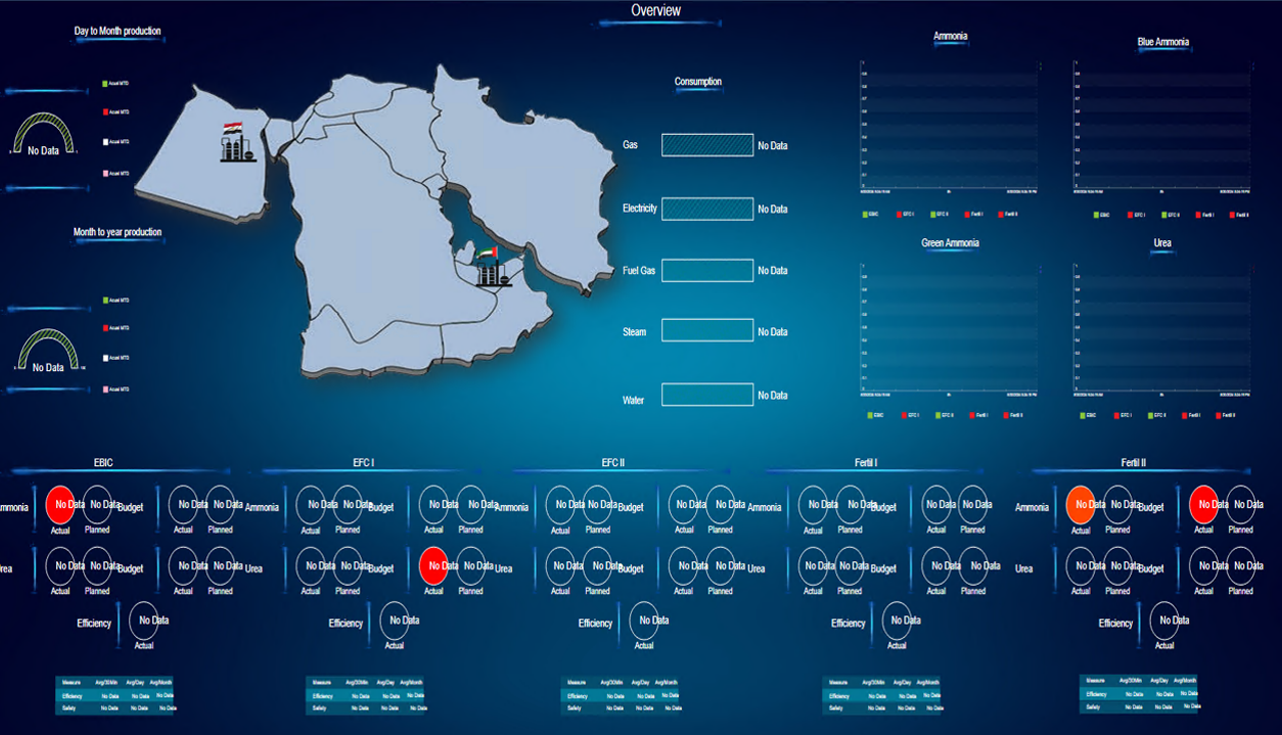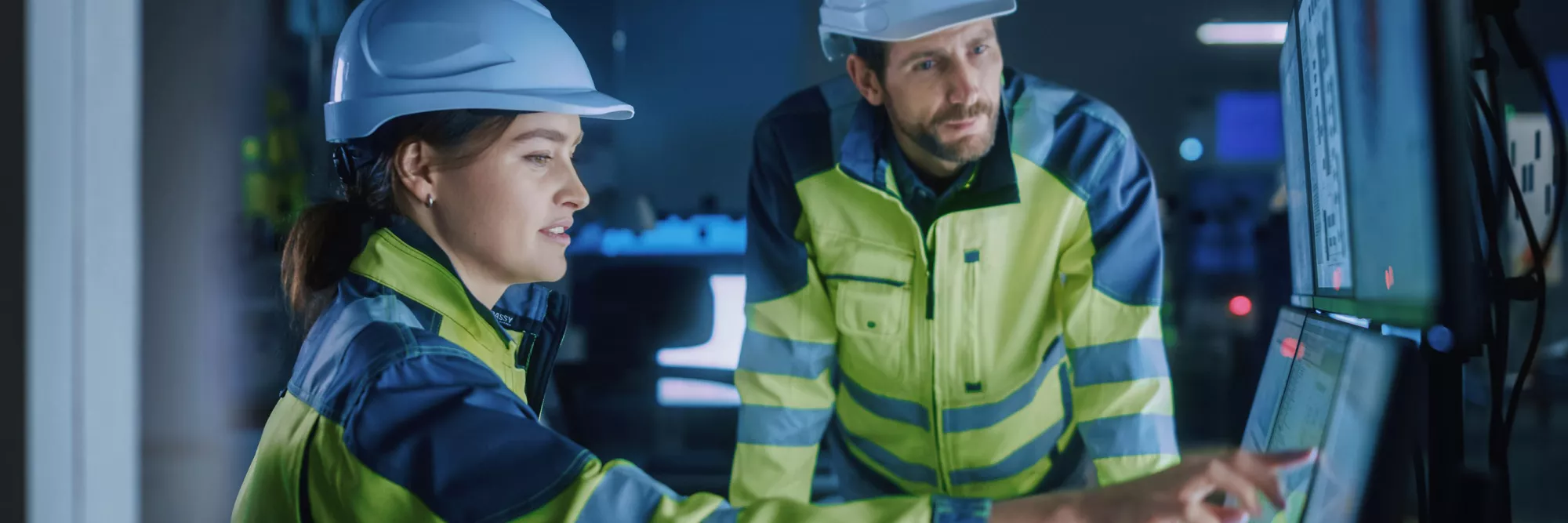What is AVEVA PI Vision?PI Vision is a powerful data visualization tool designed for monitoring and analyzing operational data in real-time. It allows users to create dynamic, interactive graphics that provide insights into various aspects of industrial processes. Here's a description of some key features and graphics available in PI Vision: |
|
| Asset Hierarchies Simplify complex systems with organized hierarchies for better data analysis Gauges and Meters Quickly monitor KPIs & process variables with customizable values & alarms Tables and Grids Display structured data for easy inspection and comparison of large datasets Event Frames Highlight key events with defined criteria and automatic frame generation Custom Symbols Use custom images and icons for enhanced visualization Annotations Provide context with labels or comments within the visualization
|
 |
| Overall, PI Vision offers a wide range of graphical tools and features to help users visualize and analyze their operational data effectively. Whether monitoring real-time processes, conducting historical analysis, or identifying performance trends, PI Vision empowers users to make informed decisions and optimize industrial operations. | |
|
“We have a customer response center that is manned 24 hours per day. They have (PI Vision) screens up in their command center around the clock. They can actually see what is going on around campus. Before, it was getting a call from the end user and that’s not really how it is supposed to work.” Donald Hill, Assistant Director of Engineering and Energy Facilities, University of Maryland, College Park campus. |
PI VISION SamplesQuickly create powerful displays using PI Vision’s intuitive drag-and-drop interface. Easily collaborate and share displays with a simple hyperlink, allowing data access from the field on any device. PI Vision enhances your capability to build comprehensive process monitoring displays in a modern and convenient environment |
||
 |
 |
 |
 |
 |
 |
Unlock the Power of Your Data!
Experience the full potential of your operations with PI Vision. Start visualizing insights and improving decision-making today!PI Vision transforms your ability to visualize data through intuitive drag-and-drop tools. Create impactful displays quickly and share them effortlessly with just a hyperlink. Access real-time data on any device, enhancing your process monitoring in a modern environment
Benefits
- Enable immediate problem-solving
- Gain instant self-service access
- Create consistent views
Features
- Real-time operational visibility
- Real-time process alerts
- Drag-and-drop display creation
- Data protection and security
- Analyze trends
- Context-driven data collections
How to use it
Give every employee access to the same data views that experienced engineers use. Save custom-built visualization templates in a repository for others to use. Dashboards automatically update as new data is received.
Improve situational awareness
Use intuitive dashboards to monitor real-time health, safety and environmental conditions. Set up automatic alerts to enable faster decision-making during critical events.
Foster cross-discipline collaboration
Deliver real-time data visualizations to team members in different locations on their choice of device. Consistent views facilitate collaboration and support faster decision making.


